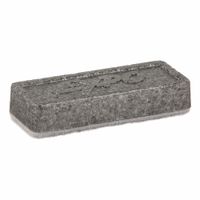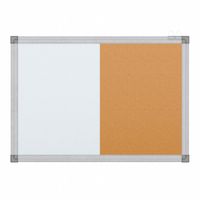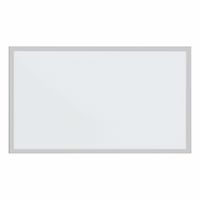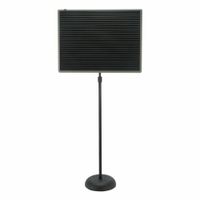Dry-erase boards offer numerous benefits for communication, making them a popular choice in various settings such as offices, classrooms, and homes.
Firstly, they provide a clear and visible platform for information sharing. The contrast of colored markers on a white background ensures that text and diagrams are easily readable from a distance, facilitating effective communication in meetings or lectures.
Secondly, dry-erase boards are highly versatile. They can be used for brainstorming sessions, allowing for the quick jotting down and rearranging of ideas. This flexibility supports dynamic discussions and collaborative problem-solving, as participants can easily add, modify, or erase content in real-time.
Thirdly, they are reusable and environmentally friendly. Unlike paper, which is often discarded after use, dry-erase boards can be wiped clean and reused countless times, reducing waste and the need for constant replenishment of materials.
Additionally, dry-erase boards encourage engagement and interaction. In educational settings, they invite students to participate actively by coming up to the board to solve problems or present ideas. This hands-on involvement can enhance learning and retention.
Moreover, they are cost-effective. While the initial investment might be higher than paper products, the long-term savings from reduced paper and printing costs make them economical. They also require minimal maintenance, with only occasional cleaning needed to maintain their functionality.
Finally, dry-erase boards can be easily integrated with technology. Many modern boards are compatible with digital tools, allowing for the capture and sharing of board content electronically. This integration supports remote communication and collaboration, making them suitable for hybrid work and learning environments.
In summary, dry-erase boards are a practical, versatile, and sustainable tool for effective communication, fostering collaboration, engagement, and efficiency.






